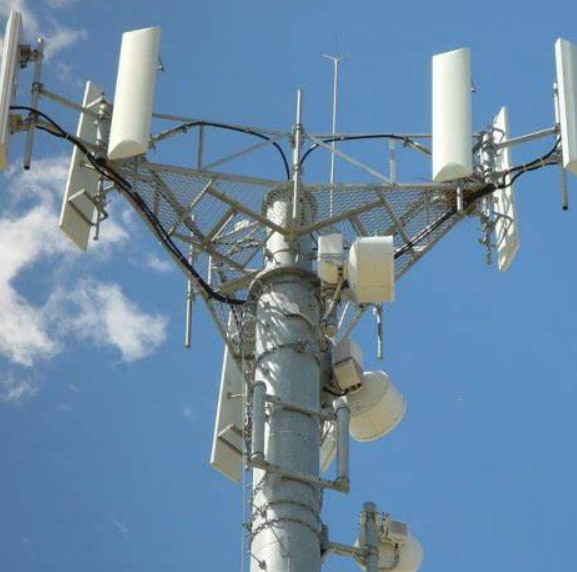The Importance of GSM Antennas in Telecommunications
Table of Contents:
I. Introduction
II. What are GSM Antennas?
III. Types of GSM Antennas
IV. Factors to Consider When Choosing a GSM Antenna
V. Installation and Maintenance of GSM Antennas
VI. Conclusion

I. Introduction
In today's world, communication has become an essential part of our lives. Mobile devices have become a primary mode of communication, and as such, the need for reliable and efficient communication systems has increased. One of the critical components of a mobile communication system is the GSM antenna. This article will discuss the importance of GSM antennas in telecommunications, the different types of antennas, factors to consider when choosing an antenna, and installation and maintenance of the antennas.
About 70% of wireless communication service is happened indoors. In underground, lifts or basement of high buildings, there is no signal or signal is weak which makes cellphone can not work normally.The ping-pong effect in the high-rise building causes switchover frequently, pilot frequency pollution and bad voice quality. In some areas of downtown, the channels of the base station may be crowded which cause mobile phones are difficult for connection since too many mobile phones are used there. To solve this kind of problem, an entire indoor distribution system is generally adopted to optimize the network.
II. What are GSM Antennas?
GSM antennas are specialized antennas that are designed to transmit and receive GSM signals. GSM (Global System for Mobile Communications) is a standard used for mobile communications in most parts of the world. The GSM antenna is an essential component of the GSM system, as it is responsible for transmitting and receiving the radio signals that carry voice and data between mobile devices and the base station.
III. Types of GSM Antennas
There are various types of GSM antennas available in the market, including:
-
Omni-Directional Antennas: These antennas are designed to radiate the signal equally in all directions. They are ideal for use in areas where the signal strength is weak or fluctuates.
-
Directional Antennas: These antennas are designed to focus the signal in a specific direction. They are ideal for use in areas where the signal strength is strong and consistent.
-
Yagi Antennas: These antennas are directional antennas that are commonly used in outdoor settings. They are designed to be highly directional and are ideal for use in areas where the signal strength is weak or fluctuates.
-
Panel Antennas: These antennas are designed to be mounted on walls or ceilings and are ideal for use in indoor settings. They are often used in buildings or other structures where the signal strength is weak.
IV. Factors to Consider When Choosing a GSM Antenna
When choosing a GSM antenna, there are several factors that you should consider, including:
-
Frequency Range: The antenna's frequency range should match the frequency range of the GSM system that it is intended to work with.
-
Gain: The antenna's gain refers to the ability of the antenna to amplify the signal. A higher gain antenna will provide better signal strength and range.
-
Polarization: The polarization of the antenna refers to the orientation of the electromagnetic field. It is important to choose an antenna with the same polarization as the base station for optimal performance.
-
Radiation Pattern: The radiation pattern of the antenna refers to the direction in which the antenna radiates the signal. It is important to choose an antenna with a radiation pattern that is suitable for the intended application.
V. Installation and Maintenance of GSM Antennas
Proper installation and maintenance of GSM antennas are essential for optimal performance. When installing an antenna, it is important to ensure that it is mounted in a location with a clear line of sight to the base station. The antenna should be securely mounted to prevent damage from wind or other environmental factors.
Regular maintenance of the antenna is also important to ensure optimal performance. The antenna should be inspected regularly for signs of damage or wear, and any issues should be addressed promptly. The antenna should also be cleaned regularly to remove any dirt or debris that may accumulate on the surface.
VI. Conclusion
GSM antennas are an essential component of the mobile communication system. They are responsible for transmitting and receiving the radio signals that carry voice and data between mobile devices and the base station. When choosing a GSM antenna, it is important to consider factors such as frequency range, gain, polarization, and radiation pattern to ensure optimal performance. Proper installation and maintenance of the antenna are also critical for reliable and efficient communication.
In conclusion, the importance of GSM antennas in telecommunications cannot be overstated. They play a crucial role in ensuring that mobile devices can communicate with each other and the base station, and as such, they must be chosen, installed, and maintained correctly. With the right GSM antenna, mobile users can enjoy reliable and high-quality communication, regardless of their location or the environment they are in.

 Mobile Signal Booster
Mobile Signal Booster